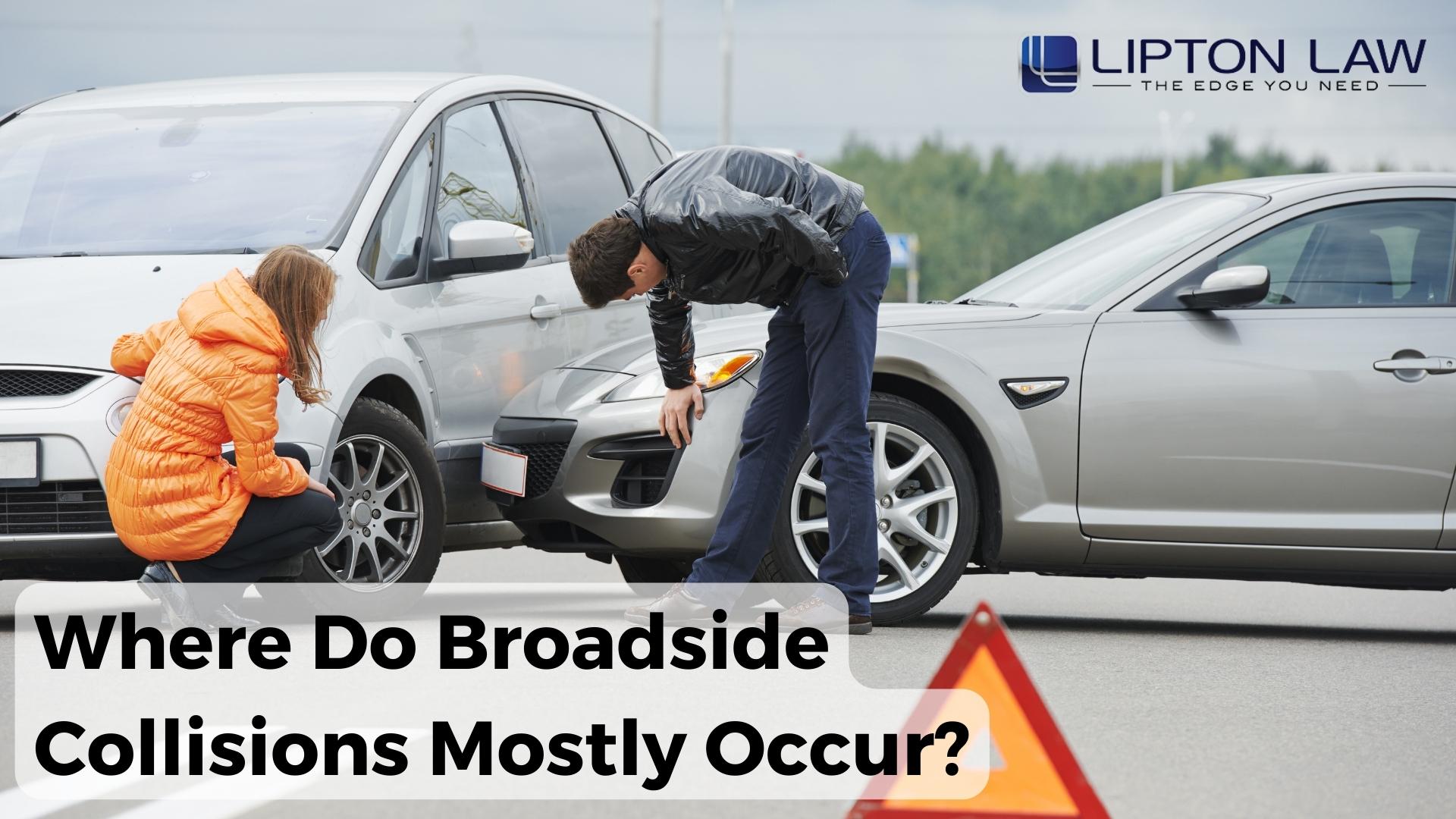It doesn’t matter how many precautions drivers take while on the road; it’s impossible to anticipate what other motorists will do. When negligent drivers fail to follow traffic laws and signals, they can cause broadside accidents and serious injuries.
In our latest blog post, the Southfield car accident attorneys from Lipton Law will explain where broadside collisions most commonly occur and how you can navigate the roads more safely.
If you or a loved one was injured in a broadside collision, contact the Southfield personal injury attorneys at Lipton Law to learn about the legal options available. Schedule a free consultation by calling 248-557-1688 today.
What Is a Broadside Collision?
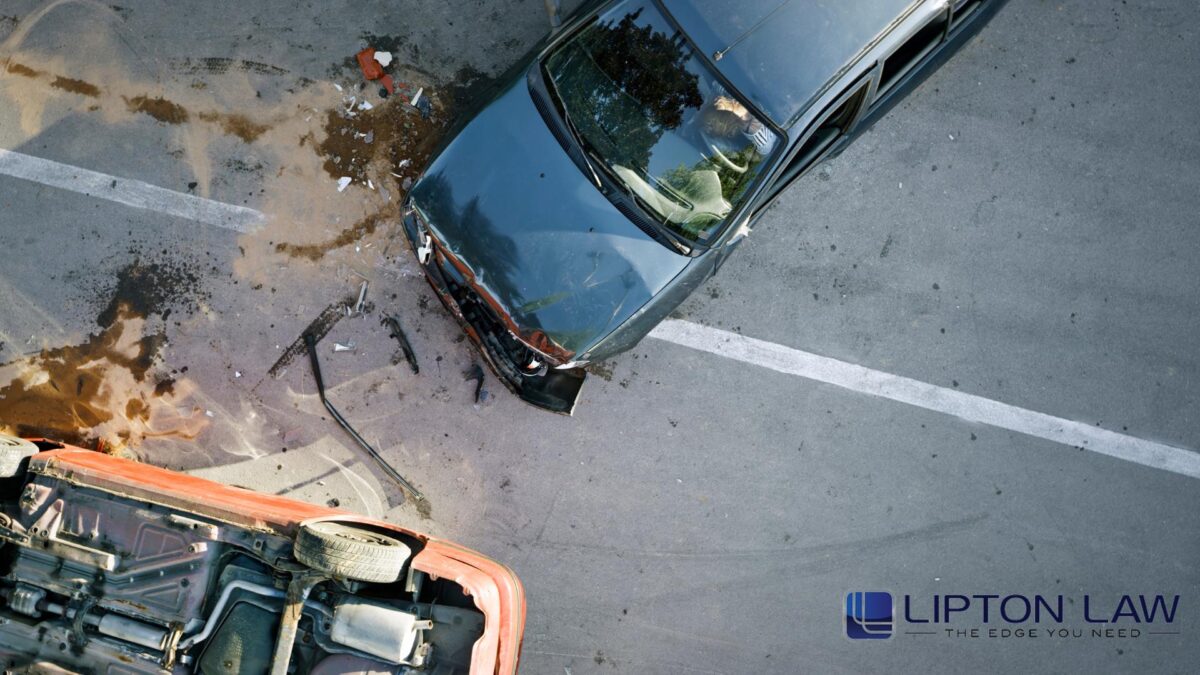
A broadside collision is a car accident that occurs when the front of one vehicle hits the side of another. The way the cars collide forms the shape of a “T,” which is why these accidents are most commonly called T-bone accidents.
Negligent drivers most often cause broadside collisions. Whether they’re speeding or not paying attention when changing lanes, they can run into the side of another vehicle, causing serious injuries.
Where Do Broadside Collisions Occur?
Car accidents can happen anywhere, but specific locations are more susceptible to broadside collisions. So, where do broadside collisions most commonly occur?
Intersections are responsible for connecting routes for drivers, pedestrians, and cyclists. Since intersections are where vehicles cross paths the most, this makes them the places where broadside collisions most commonly occur.
Busy intersections where multiple vehicles cross paths are especially dangerous. Even though city engineers work to create the safest roads for drivers, they still can’t prevent broadside accidents from occurring at intersections.
Why Are Broadside Collisions Common at Intersections?
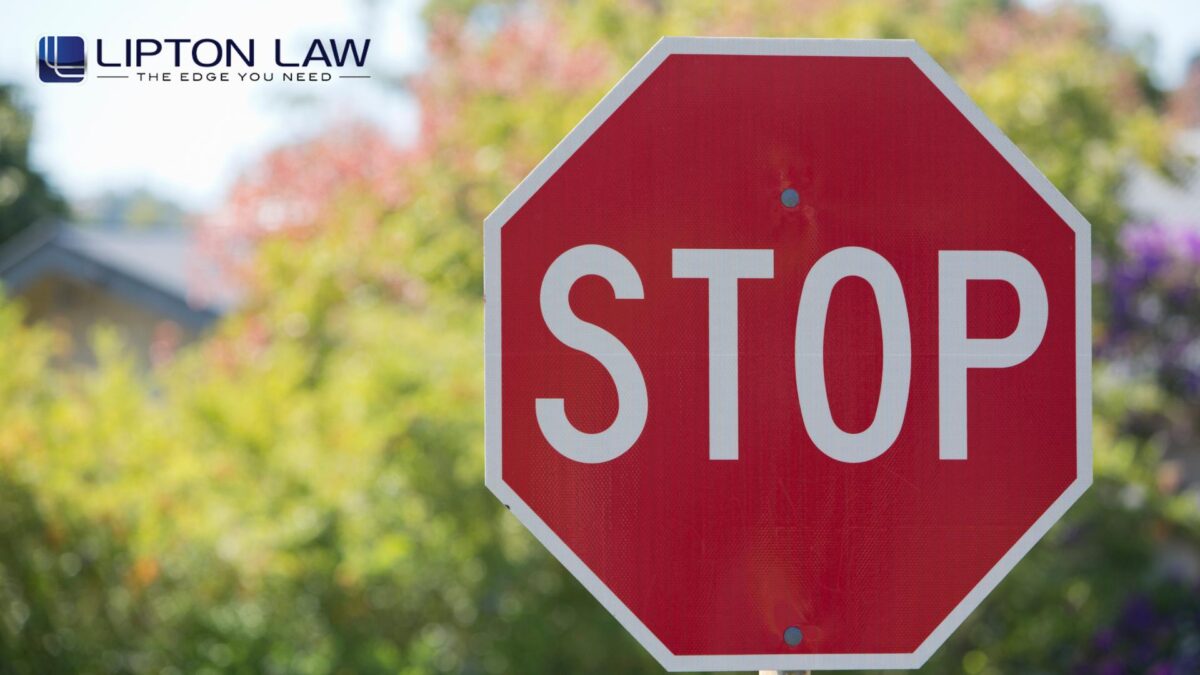
Broadside collisions most commonly occur at intersections because there are multiple areas that drivers must keep their eyes on. Not only does a driver need to pay attention to oncoming traffic, but they must also look out for pedestrians and bicyclists.
According to the Federal Highway Administration (FHWA), an estimated 25% of traffic-related fatalities and 50% of all traffic injuries occur at intersections throughout the United States. They even refer to intersections as “planned points of conflict.”
Left-Hand Turns
Even though intersections are carefully planned and designed to help traffic flow, they still leave room for human error. When making a left-hand turn, drivers put themselves into oncoming traffic, increasing their chances of being involved in broadside crashes.
Many drivers must yield before making a left-hand turn, which places them in danger. Left-hand turns are so hazardous that many cities are opting for U-turns as replacements to avoid potential car accidents.
Lack of Appropriate Signals
Broadside collisions can commonly occur at intersections with a lack of traffic signals. The FHWA also reports that unsignalized intersections are the most common intersections and are often controlled by either a stop sign or a yield sign. If drivers don’t have proper traffic signals, they can be unsure of how to proceed, which can cause a broadside collision.
What Are Common Causes of Broadside Collisions?
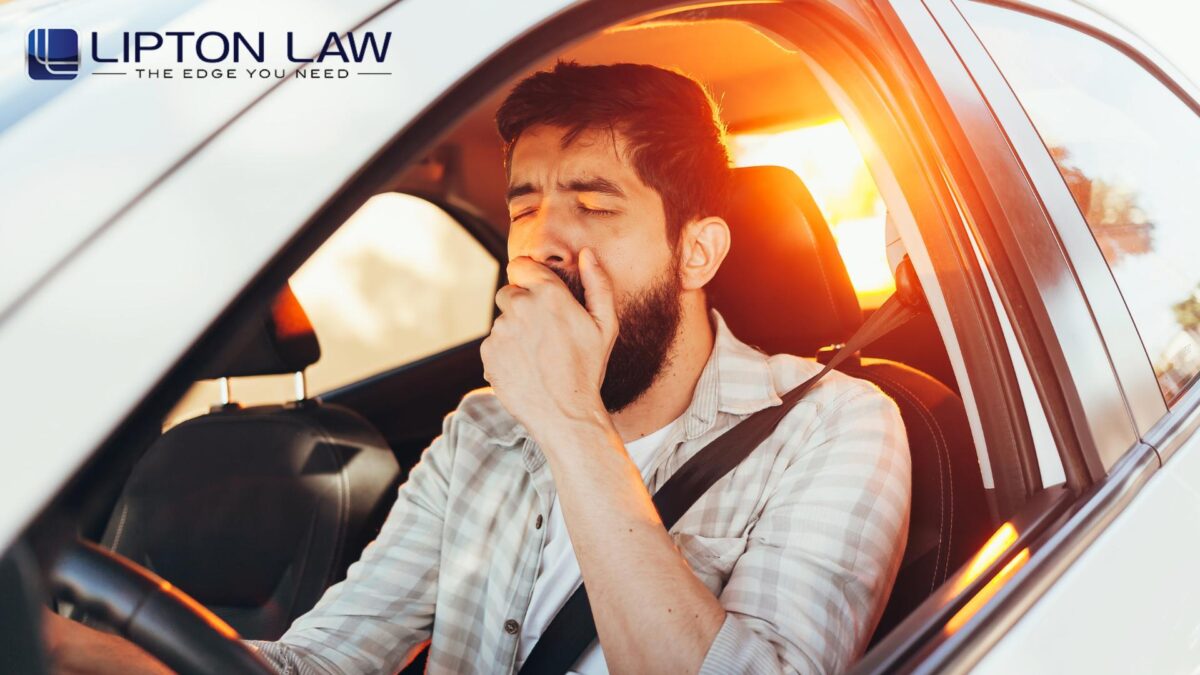
When drivers act negligently and don’t pay attention to the road in front of them, they can cause broadside collisions and severe injuries. We’ve listed the most common causes of broadside collisions below.
Failure to Yield
Drivers entering oncoming traffic are responsible for checking the area to ensure it’s safe for them to join. When drivers get in a hurry and don’t take time to yield, they can collide with another vehicle, resulting in a broadside collision.
Running Red Lights
Often, drivers will speed up to beat an upcoming yellow light. If a driver misses the light changing from yellow to red or doesn’t stop, they increase everyone’s chances of being involved in a broadside accident.
Distracted or Drowsy Driving
Think about how often you’ve been changing the radio station only to look back at the road and nearly miss hitting another vehicle. Distracted driving is one of the many forms of negligent driving and can often result in broadside collisions.
When distracted drivers are no longer focused on the road ahead or oncoming traffic, they are more likely to miss a changing traffic light and not be able to react quickly enough. Daily distracted driving actions are texting, eating, changing radio stations, and looking at your GPS. These examples are also known as manual distractions, as they take your hands off the steering wheel.
Drowsy driving is hazardous and impairs drivers similarly to drinking or using drugs before driving. Truck drivers most commonly suffer from fatigued driving due to their demanding schedules. When drivers are tired, their reflexes are slower, and they can fall asleep at the wheel, leading to catastrophic accidents. If you have been injured in a truck accident, you need a skilled Michigan truck accident attorney.
Driving Under the Influence
When drivers have drugs or alcohol in their system, their reaction times are much slower, their hand-eye coordination is reduced, and they can have difficulty judging distances. Even prescription drugs that a doctor orders can impair a driver. Drivers with slowed reaction timing often aren’t able to react quickly to sudden changes in traffic, which is how many broadside collisions occur.
Speeding or Reckless Driving
Drivers must slow down when approaching intersections, traffic lights, and stop signs. When motorists are speeding, they cannot stop for the upcoming traffic control device. They can end up in the middle of the intersection, putting everyone around them at risk of a broadside collision.
Poor Visibility
Visibility is crucial for all drivers to remain safe while on the road. When motorists travel through fog, rain, or even bright sunshine, they can make mistakes. In poor visibility, drivers may turn at an intersection into oncoming traffic, which can cause T-bone accidents.
How to Prevent a Broadside Collision
While it’s impossible to predict the actions of other drivers on the road, you can take steps to exercise caution while driving and help avoid broadside collisions.
- Drive the speed limit.
- Stop at all stop signs and red lights.
- Follow traffic signals.
- Use caution in poor visibility and weather conditions.
- Pay close attention to the road and your surroundings.
- Anticipate other drivers not following traffic laws.
Who Is at Fault for a Broadside Collision?
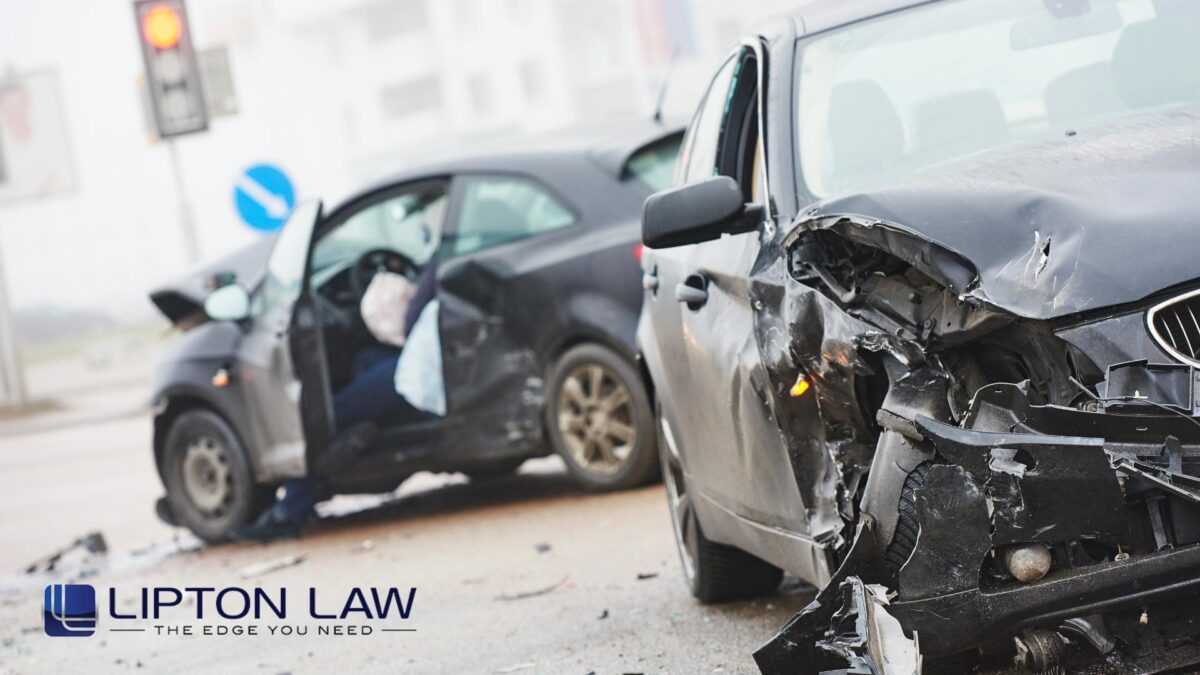
Determining the at-fault driver in a broadside collision will depend on several factors surrounding the accident. Typically, the driver responsible is the one who ignores traffic laws and fails to yield or turns into traffic without the right of way. However, determining fault can sometimes be difficult, which is why you need to contact a Michigan car accident lawyer following a broadside crash.
What to Do After a Broadside Collision
After you’ve been involved in a broadside crash, taking the proper steps to keep yourself safe and ensuring a solid case if you decide to sue the at-fault driver is essential.
- Call 911: Immediately following the accident, check everyone for injuries and call 911. If anyone has any injuries, notify the operator so they can send an ambulance and medical aid.
- Seek medical attention: Once police allow you to leave the accident scene, visit an emergency room or schedule an appointment with your doctor. Even if you don’t think you sustained any injuries, getting checked out by a healthcare professional is critical. Not only can they catch any injuries you may not be aware of, but the medical records of your treatment after the accident can help your personal injury case.
- Collect information: Get information from all passengers and the other drivers involved. Make sure to get the driver’s insurance and vehicle information, as well. If there are any witnesses to the accident, it’s essential to collect their information in case they’re needed to testify in court. Even though most of this information will be listed in the police report, having a backup is always good.
- Contact your insurance company: Notify your insurance agency that you’ve been involved in an accident. Insurance agencies can often trick customers into providing information that can be detrimental to your claim, so only give the most basic information possible. It’s recommended to talk with your car accident attorney before you contact your insurance agent.
Why Do I Need an Attorney After a Broadside Collision?
Following a broadside collision, you must contact an experienced car accident lawyer to help you navigate the complicated legal process. The personal injury attorneys at Lipton Law know the tactics that insurance companies use when avoiding payment for car accidents. Your attorney will negotiate with the insurance company on your behalf to ensure they give you a fair settlement amount. Injuries caused by broadside accidents are often serious and can lead to expensive medical bills and other expenses. You shouldn’t be held responsible for paying for damages you didn’t cause.
In addition to working with insurance companies, your attorney from Lipton Law can also take the car accident claim to court if necessary. Our law firm has been fighting for clients’ rights since 1964 and knows what it takes to get our clients the maximum compensation they deserve.
To discuss your claim with one of our dedicated attorneys at Lipton Law, call 248-557-1688 today.
Seeking Compensation After a Broadside Collision
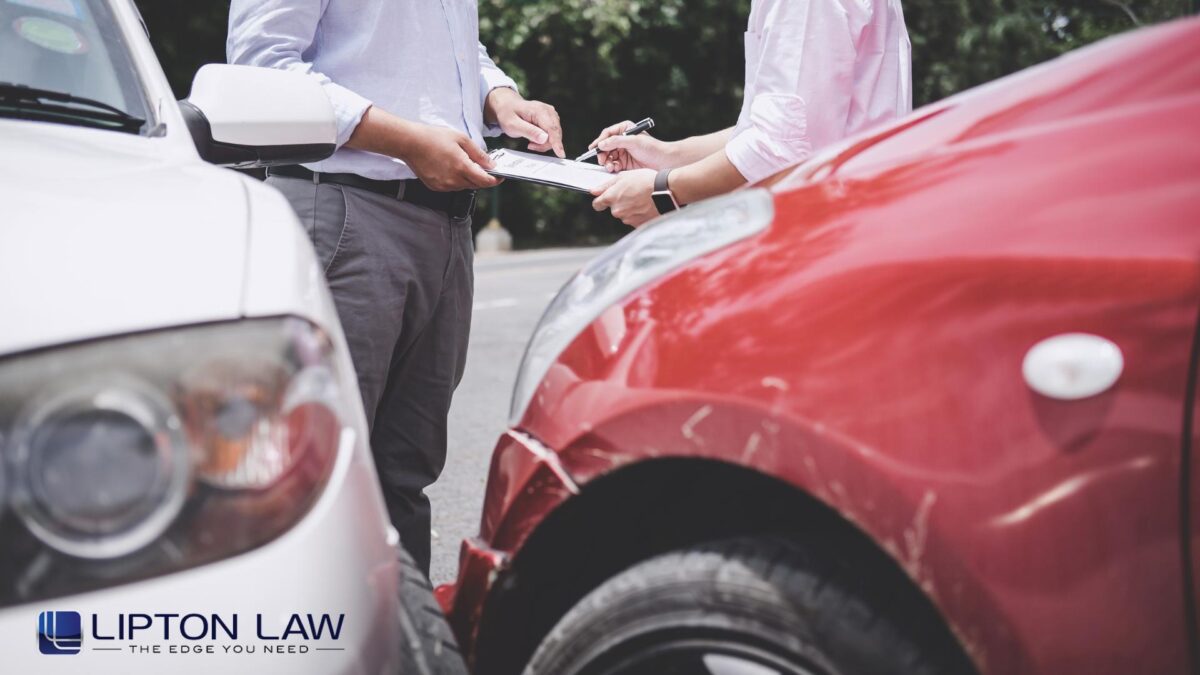
Vehicles are generally not designed to protect drivers and passengers from side collisions. Therefore, the injuries from T-bone accidents can often be catastrophic.
At Lipton Law, we fight for our clients’ rights. They shouldn’t be held responsible for medical expenses and other damages that follow such a serious accident. An experienced car accident attorney from Lipton Law can help you recover the following damages:
- Lost wages
- Loss of earning capacity
- Past and future medical bills
- Physical therapy
- Mobility aids
- Property damage
- Pain and suffering
- Emotional distress
- Loss of consortium
- Permanent scarring and disability
If your loved one was killed following a broadside collision, you could pursue a wrongful death claim against the driver responsible. Families that file wrongful death lawsuits can receive compensation for expenses like funeral and burial costs.
Contact a Michigan Car Accident Lawyer with Lipton Law Today
Broadside collisions have the potential to cause catastrophic injuries and a lifetime of medical expenses. If a driver’s negligence led to your accident and injuries, you have the right to file a personal injury lawsuit against the driver responsible. The Michigan car accident attorneys at Lipton Law can help you recover compensation for medical costs, lost wages, and more.
Schedule a free consultation with one of our experienced personal injury attorneys by calling 248-557-1688 today.

